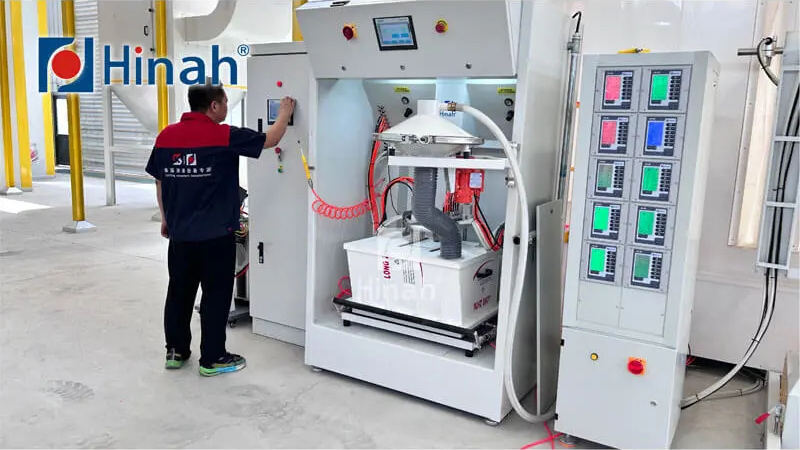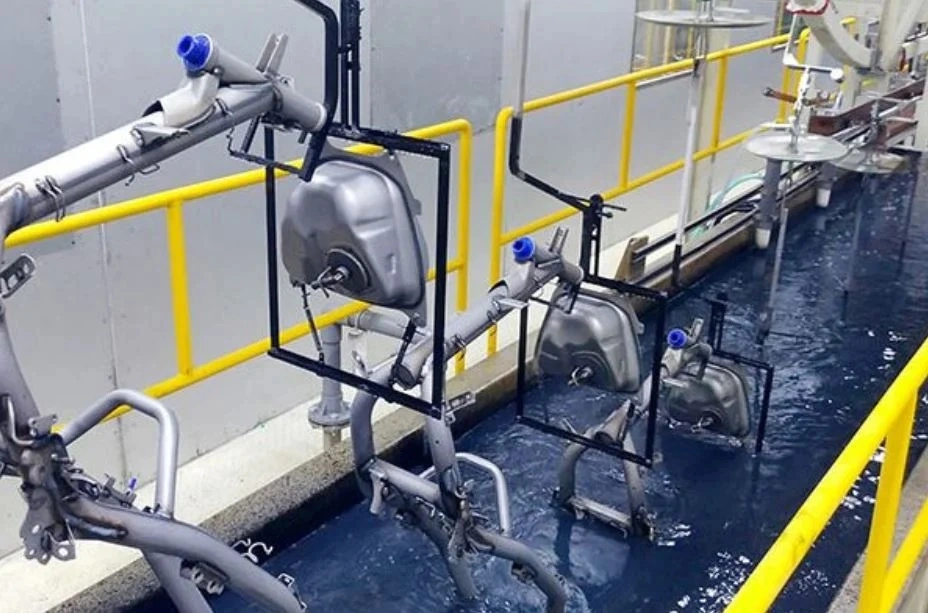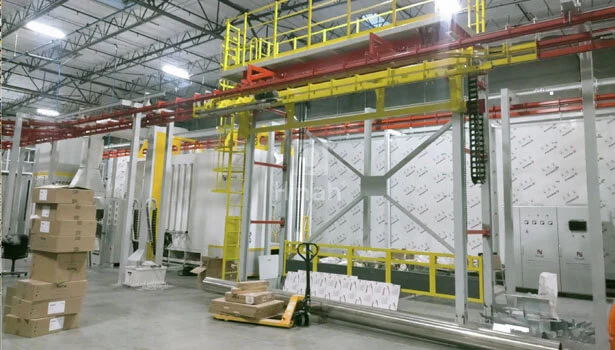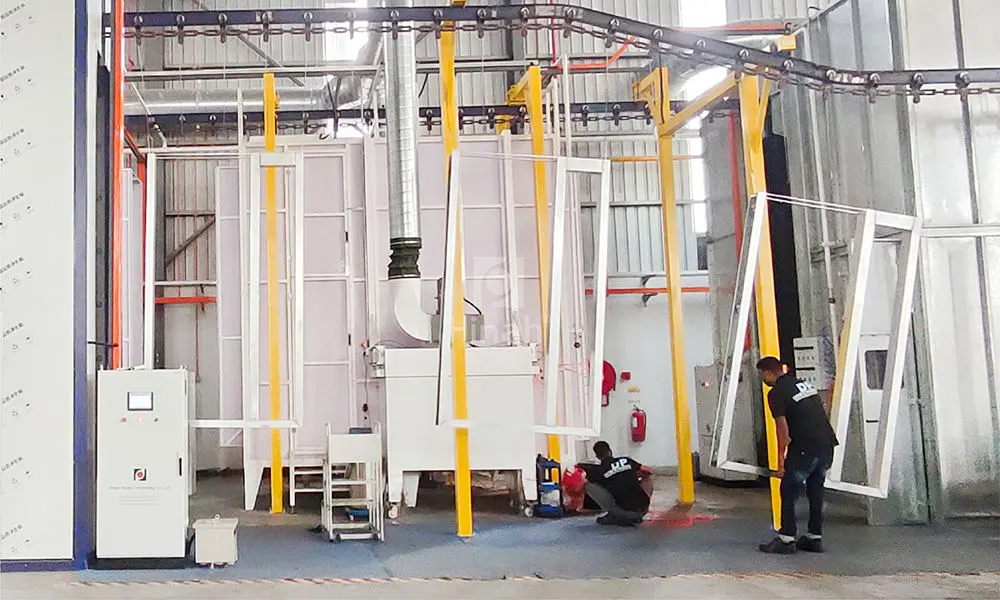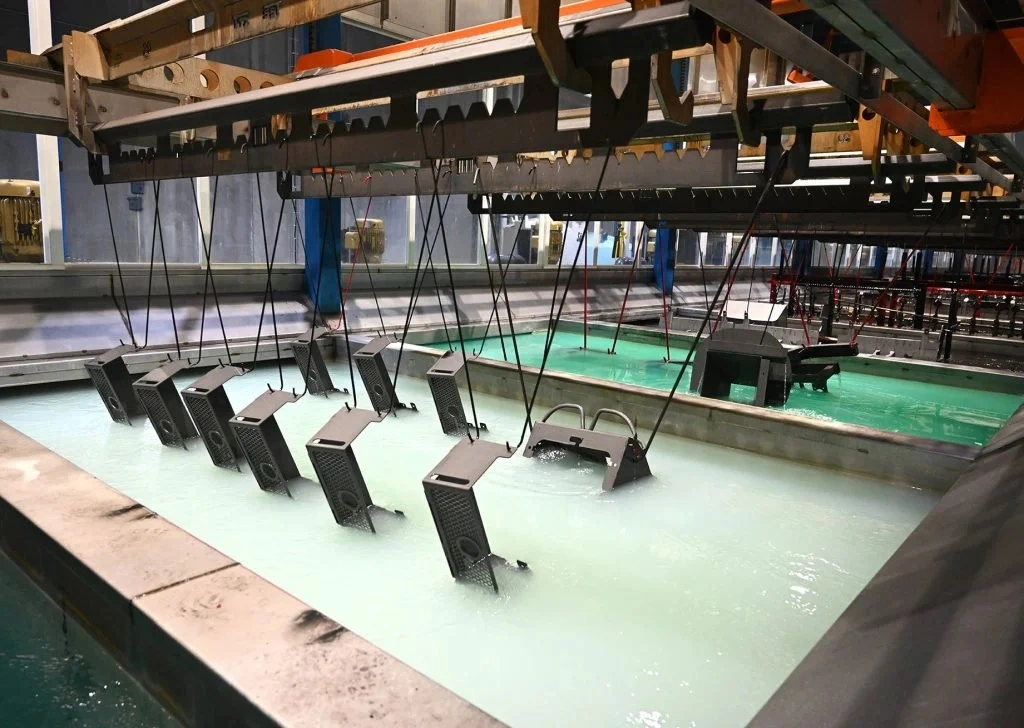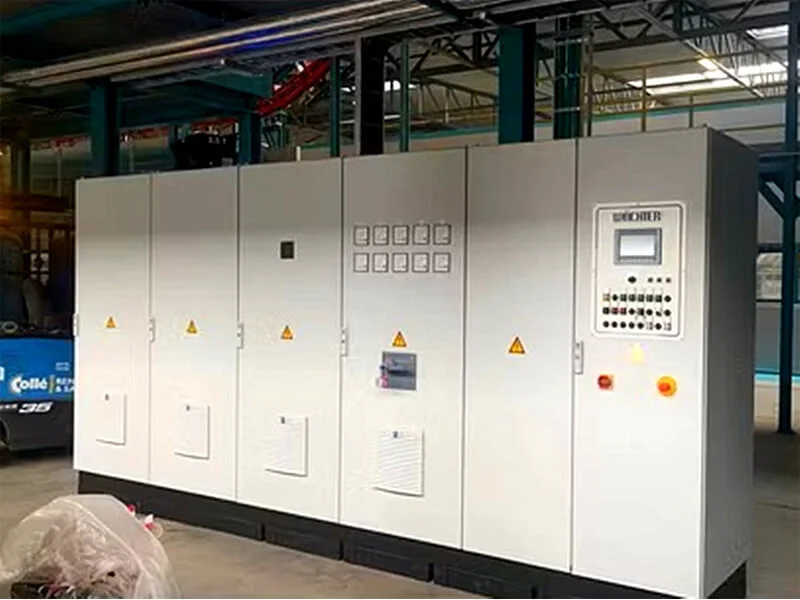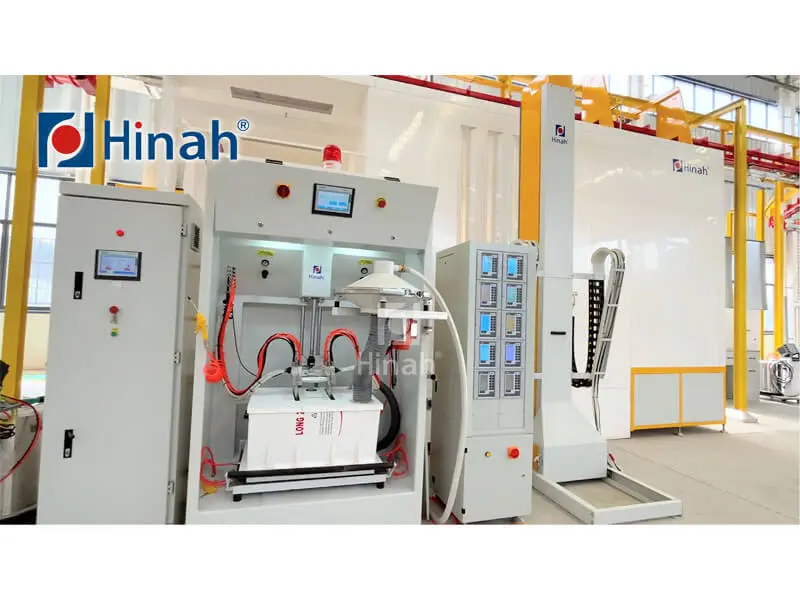In the competitive world of manufacturing, achieving a flawless, durable, and consistent finish on products is no longer a luxury—it's a necessity. At the heart of this transformation is the Automated paint line, a sophisticated system that has redefined surface finishing across industries from automotive to aerospace and consumer goods. By integrating robotics, advanced software, and precision engineering, these systems deliver unparalleled efficiency, reduce waste, and ensure a superior product finish every single time.
This article delves into the core components that make up a modern Automated paint line, exploring the critical technologies that drive its performance. We will examine the Automated Powder Coating Line, the essential Automated Pre-treatment System, the central nervous system known as the PLC Control System, and the eyes of the operation, the Vision Guidance System. Finally, we will address some of the common challenges operators face and how to mitigate them.
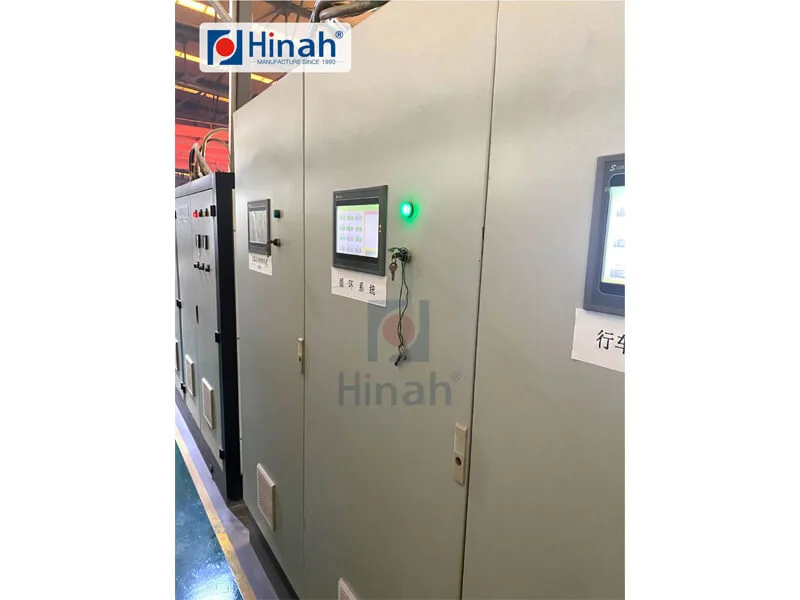
The Core of Modern Finishing: What is an Automated Paint Line?
An Automated paint line is a integrated series of stations that transports products through the entire surface finishing process without the need for manual intervention. Parts are typically hung on an overhead conveyor that moves them through cleaning, pretreatment, drying, application, and curing stages. The primary goals are to eliminate human error, maximize throughput, ensure consistent quality, and promote a safer working environment by removing operators from potentially hazardous fumes and tasks.
The shift from manual spraying to a fully Automated paint line represents a significant capital investment, but the return is realized through massive gains in material efficiency, a drastic reduction in rework and scrap, and the ability to run continuously with minimal downtime.
The Automated Powder Coating Line: Efficiency and Sustainability
A dominant technology within modern finishing systems is the Automated Powder Coating Line. This process involves electrostatically charging dry powder particles and spraying them onto a grounded part. The parts are then cured in an oven, where the powder melts and flows into a smooth, hard coating.
An Automated Powder Coating Line leverages robotic arms equipped with electrostatic spray guns. These robots are programmed with the exact paths and parameters for each part, ensuring complete and even coverage, even on complex geometries. The benefits are profound:
Material Efficiency: Unlike liquid paint, overspray powder can be collected and reused, achieving material utilization rates of over 95%.
Durability: Powder coatings are typically more resistant to chipping, scratching, and fading than liquid paints.
Environmental Benefits: Powder coatings contain no solvents and release negligible amounts of Volatile Organic Compounds (VOCs), making them a more environmentally friendly option.
Integrating an Automated Powder Coating Line into the broader Automated paint line is a surefire way to boost sustainability and bottom-line results.
The Unsung Hero: The Automated Pre-treatment System
Before a single drop of paint or grain of powder is applied, a part must be impeccably clean. This is where the Automated Pre-treatment System proves its critical worth. Often overlooked, this stage is arguably the most important for adhesion and final quality. A flaw in pretreatment will inevitably lead to coating failure, no matter how advanced the application technology.
An Automated Pre-treatment System is typically a series of spray or immersion tunnels through which the conveyor carries parts. Stages often include:
Cleaning: Alkaline or acidic cleaners remove oils, dirt, and shop debris.
Rinsing: Multiple stages of clean water rinses remove all cleaning chemical residues.
Conversion Coating: This step (e.g., zinc or iron phosphate for steel, chromium-based or chromium-free for aluminum) creates a microcrystalline layer on the metal surface that dramatically improves paint adhesion and corrosion resistance.
Final Rinse and Drying: A deionized water rinse prevents spotting, followed by a forced-air drying oven.
Automating this process ensures every part receives the exact same treatment for the precise amount of time, creating the perfect foundation for the coating to adhere to, which is a fundamental objective of any robust Automated paint line.
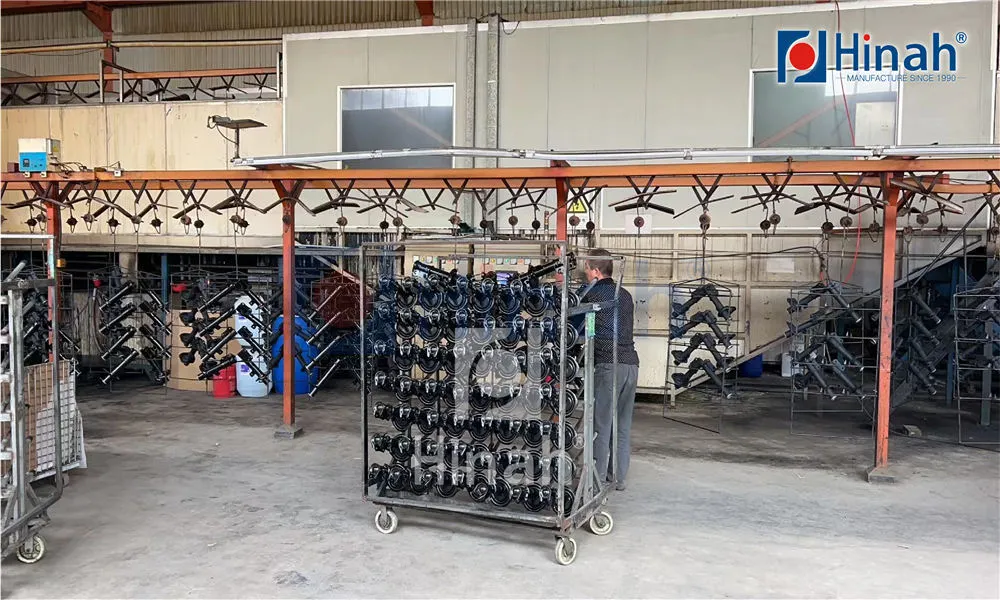
The Brain: PLC Control System Integration
If the robots and conveyors are the muscles of the operation, the PLC Control System is the central brain. A Programmable Logic Controller (PLC) is an industrial computer that monitors inputs and outputs to make decisions and control all aspects of the Automated paint line.
The PLC Control System is responsible for:
Conveyor Speed: Synchronizing the movement of parts through each zone.
Temperature Control: Precisely managing the temperatures of pretreatment stages, wash ovens, and cure ovens.
Robot Coordination: Sending signals to the robotic applicators, triggering the start and stop of spraying sequences.
System Diagnostics: Monitoring for faults, such as low chemical levels in pretreatment, overheating in ovens, or conveyor jams.
A well-integrated PLC Control System provides a centralized interface for operators to oversee the entire process. It collects vast amounts of data, enabling predictive maintenance, detailed reporting, and quick troubleshooting, which is vital for maximizing uptime.
The Eyes: Vision Guidance System for Precision Application
For an Automated paint line to handle mixed products or parts that may not be loaded onto the conveyor in a perfectly consistent orientation, it needs a way to "see." This is the role of the Vision Guidance System.
Typically consisting of high-resolution 2D or 3D cameras positioned near the robotic applicators, the Vision Guidance System identifies the part, determines its exact position and orientation in space, and communicates this data to the robot. The robot then adjusts its pre-programmed path in real-time to ensure accurate coating application.
This technology is essential for:
High-Mix Production: Quickly switching between different part numbers without lengthy manual reprogramming.
Compensating for Variability: Accounting for inconsistencies in how parts are fixtured or sagging on the conveyor.
Quality Verification: Some advanced systems can even scan the part after coating to check for completeness or detect defects.
The integration of a Vision Guidance System pushes an Automated paint line from being merely automated to being truly adaptive and intelligent.
7 Common Challenges in Operating an Automated Paint Line
Even the most advanced systems encounter issues. Understanding these common problems is key to preventing them.
Poor Adhesion and Coating Failure: This is often a direct result of problems in the Automated Pre-treatment System. Causes include contaminated cleaning chemicals, incorrect temperatures, insufficient rinse water quality, or expired conversion coating chemicals.
Orange Peel Texture: A common aesthetic defect where the finish resembles the skin of an orange. This is usually caused by incorrect viscosity of liquid paint, improper atomization air pressure, or incorrect curing oven temperature.
Inconsistent Film Thickness: This can be caused by a malfunctioning pump, worn spray tips, an inconsistent conveyor speed managed by the PLC Control System, or a calibration error in the Vision Guidance System.
Contamination: "Dirt in the finish" is a frequent headache. Sources can be dirty pretreatment stages, contaminated compressed air, powder from another color in a Automated Powder Coating Line, or a dirty booth environment.
Robot Path Programming Errors: For complex parts, an imperfectly programmed robot path can lead to light coverage on edges or excessive buildup in corners. This requires skilled programmers and simulation software to perfect.
Curing Issues: Under-cured coatings are soft and lack durability, while over-cured coatings can become brittle and discolor. This points to a failure in the PLC Control System to maintain proper oven temperature or accurate part tracking through the oven.
System Downtime: The complexity of an integrated Automated paint line means a failure in one component (e.g., the conveyor motor, a PLC, a robot controller) can halt the entire production. A robust preventive maintenance schedule is non-negotiable.
Investing in a comprehensive Automated paint line is a strategic move that pays dividends in quality, efficiency, and sustainability. By understanding the synergy between its core components—the material-efficient Automated Powder Coating Line, the foundational Automated Pre-treatment System, the intelligent PLC Control System, and the adaptive Vision Guidance System—manufacturers can unlock new levels of performance.
While challenges exist, they are manageable with proper design, skilled personnel, and a rigorous maintenance regimen. As technology advances, we can expect these systems to become even more connected, data-driven, and autonomous, further solidifying their role as a cornerstone of modern smart manufacturing.


